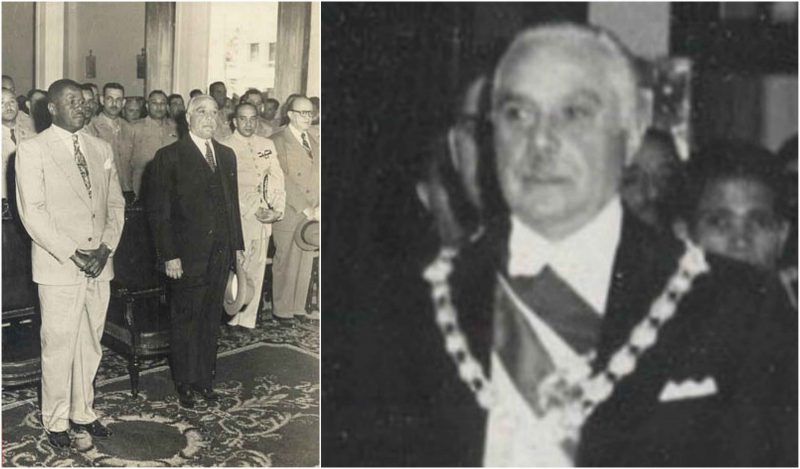One of the bloodiest eras in the Americas is the Trujillo Era, the ruling of the Dominican politician and president Rafael Trujillo that lasted for 31 years. During his reign, more than 50,000 people were killed, including 10,000 in the Parsley Massacre which occurred in 1937. It was genocidal massacre against the Haitian population living in the country’s borderlands.
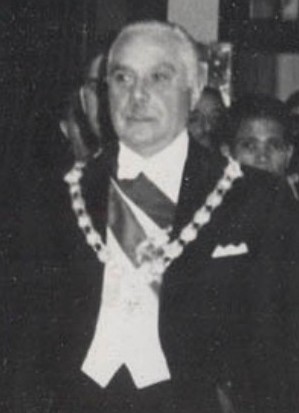
The massacre is also known as ‘El Corte’, which in Spanish means ‘The cutting’, and ‘Kout kouto a’, which means ‘The knife blow’ in Creole. The term ‘Parsley Massacre’ became popular 75 years after the actual event and was spread mostly in English-speaking media.
Trujillo’s strategy to determine which people were native Afro-Dominicans and which were Afro-Haitians immigrants was for his soldiers to hold up a sprig of parsley to someone and ask what it was. They could apparently conclude the nativeness of the person by how they pronounce the Spanish word for parsley – perejil.
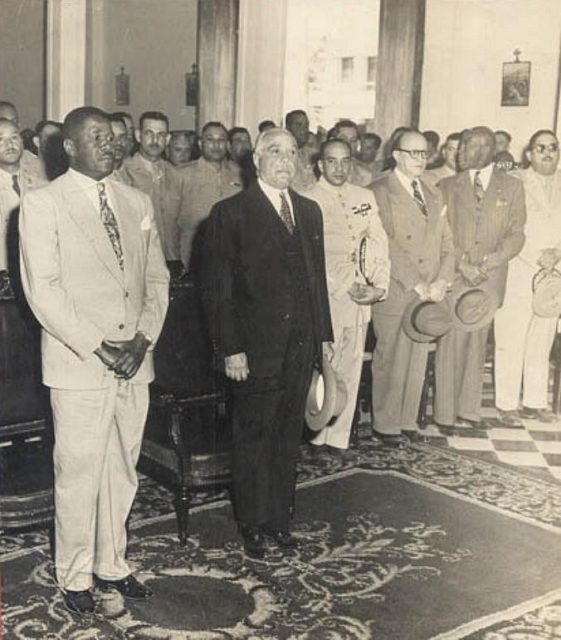
In the Haitian languages – French and Haitian Creole, the articulation of the letter r is uvular, and its phonation is voiced, so the speakers of these languages might have difficulties to pronounce the alveolar tap or the flap articulation of the r as it is in the Spanish language, spoken by the Afro-Dominicans.
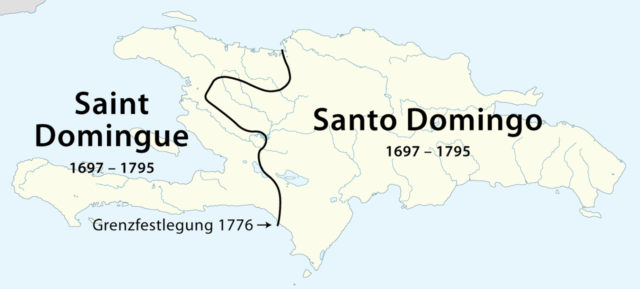
Also, in Spanish, the j is pronounced as the voiceless velar fricative, while in French it has the typical strong sound similar to the English. Having both r and j, the word perejil was a good “trap” for the Afro-Haitians. If people pronounced the word in the Spanish way, the soldiers considered them Dominican and they would go free, while those who pronounced it in the French way were considered Haitian and were executed.
At the time, the Haitian part of the island “shared” by Haiti and the Dominican Republic wasn’t cultivated enough and lacked the agrarian infrastructure to properly provide food for the inhabitants. So, the Haitians were forced to move to the Dominican soil, where agriculture was more developed.
On the other hand, Dominicans were complaining about devastation and waste of their lands by the Haitians. Also, Trujillo’s ambitions were to homogenize the country and to conquer the whole island by getting rid of the Haitians. So, the bloodiest massacre, ‘The cutting’, occurred between the 2nd and the 8th of October 1937, when Haitians were killed with guns, machetes, clubs, and knives. Some of them died while trying to escape to Haiti across the Artibonite River.
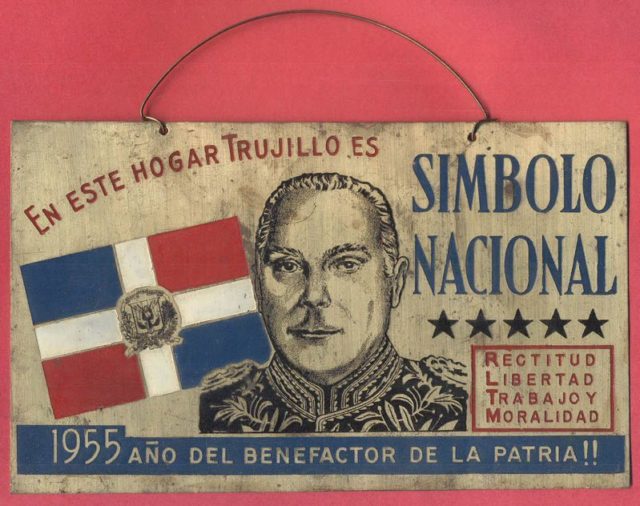
The Haitian government called for an international investigation. In January 1938, Trujillo was pressured by Washington to agree to a reparation settlement that involved the payment of US$750,000.
The amount had been reduced in the following year to US$525,000 (US$ 8,656,423.61 in 2016); 30 dollars per victim, of which only 2 cents were given to survivors, due to corruption in the Haitian bureaucracy.
